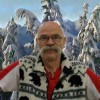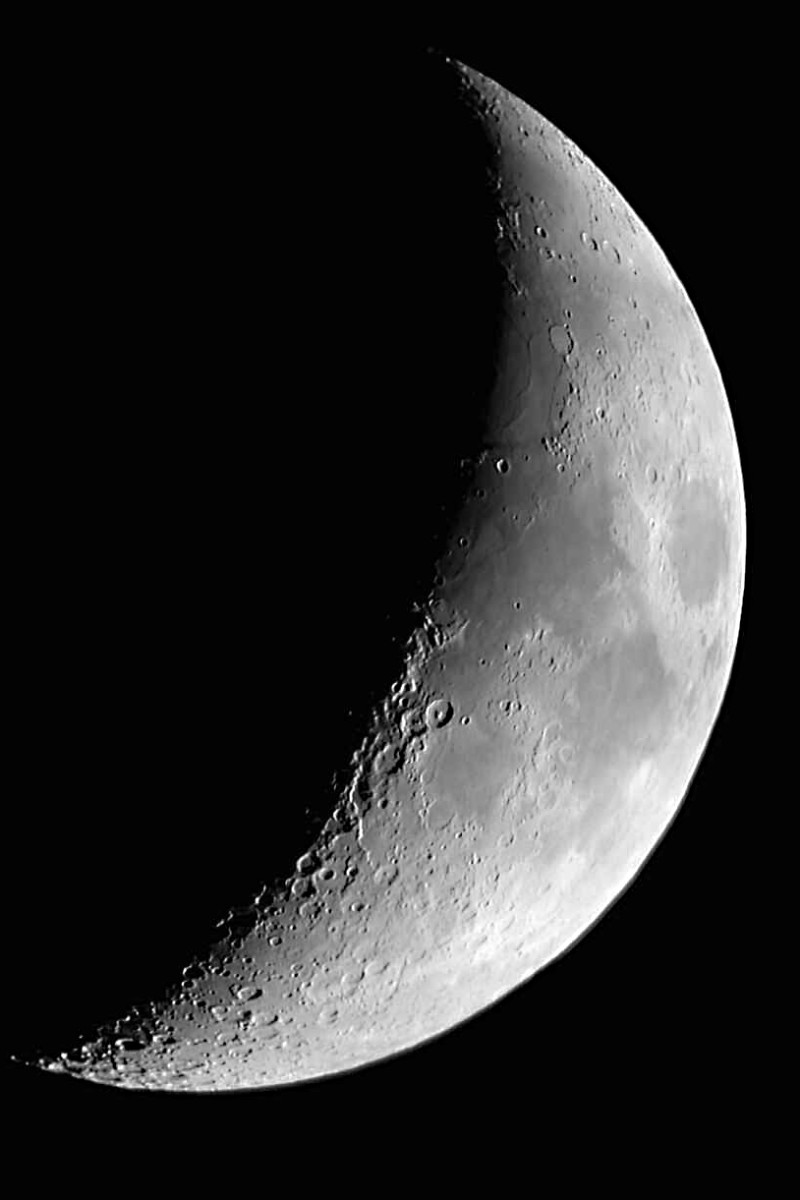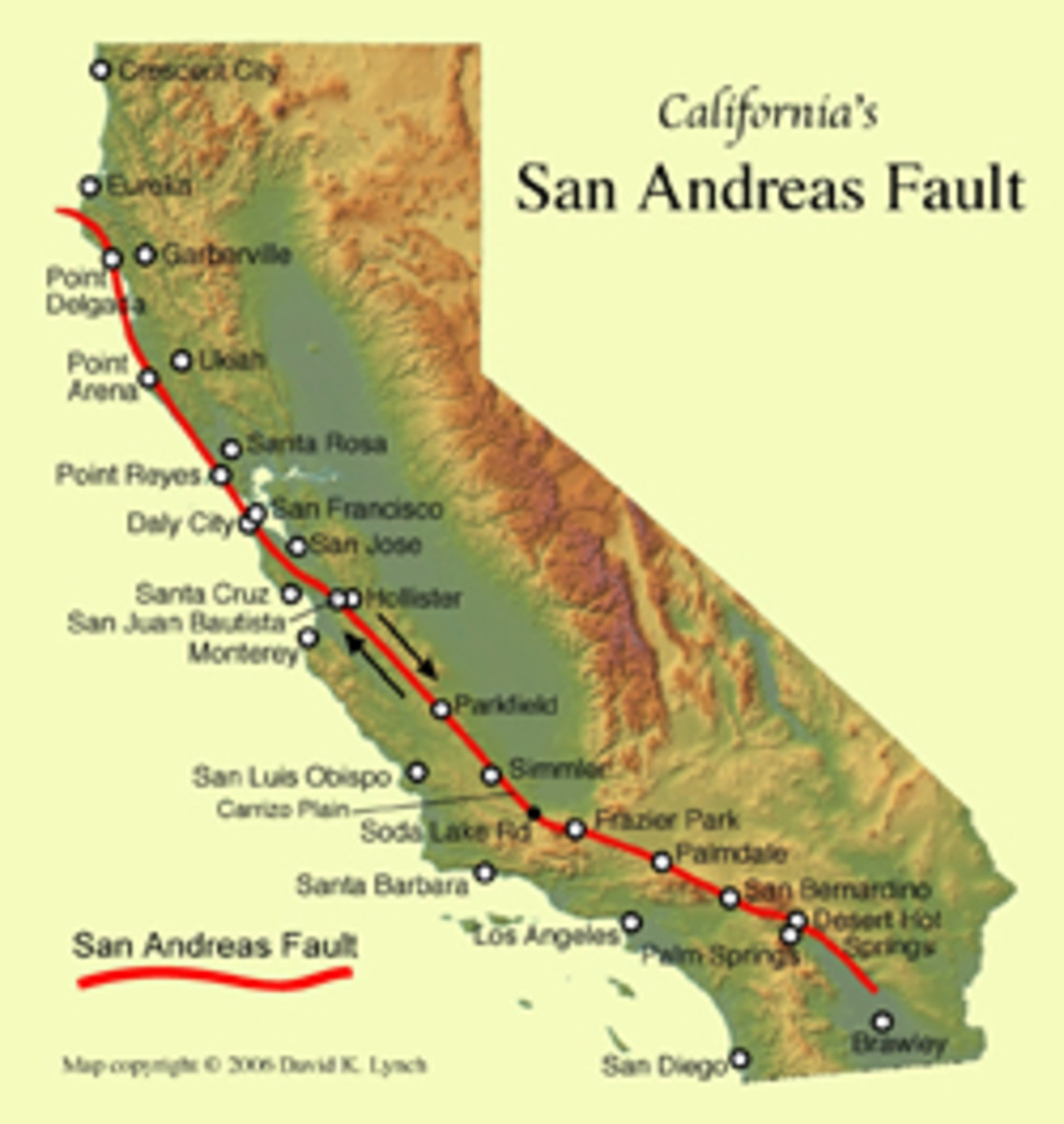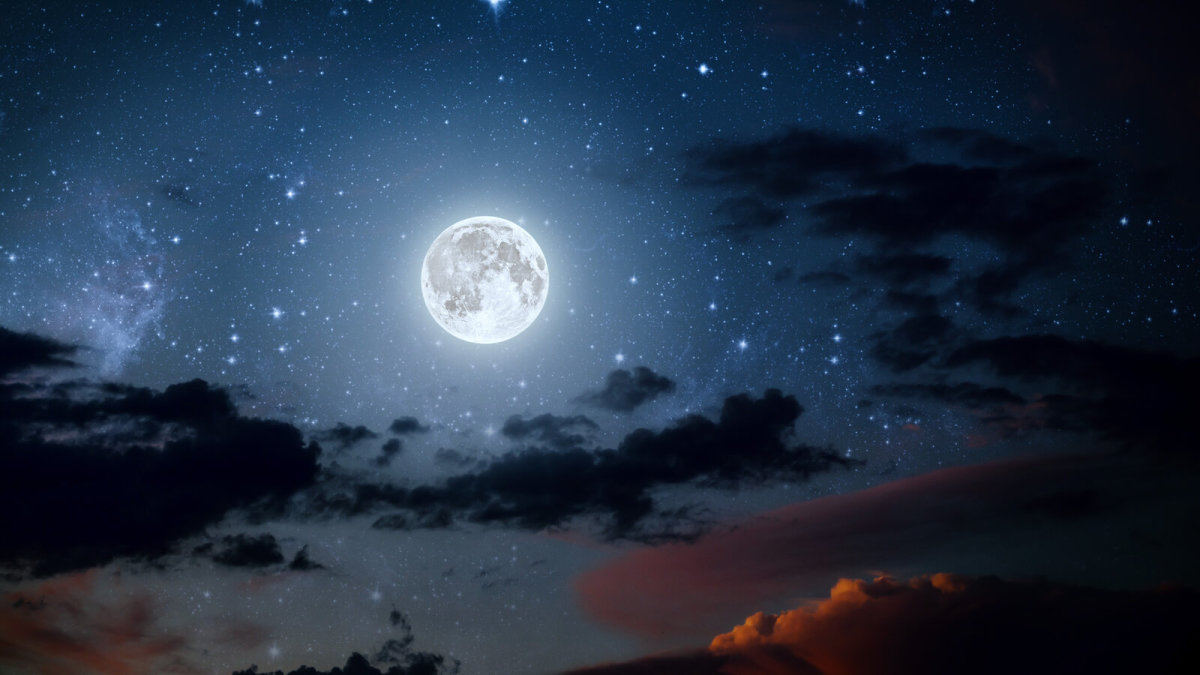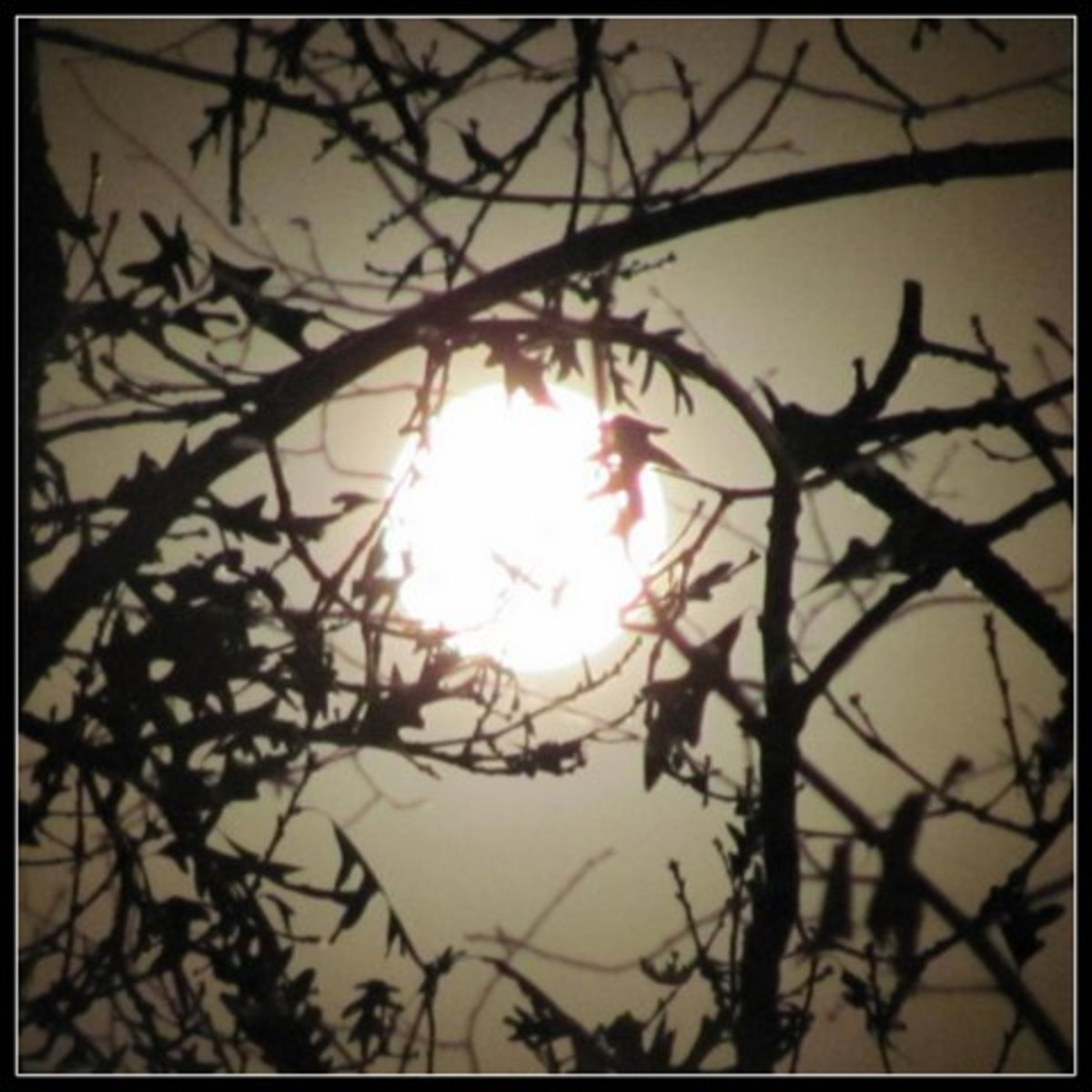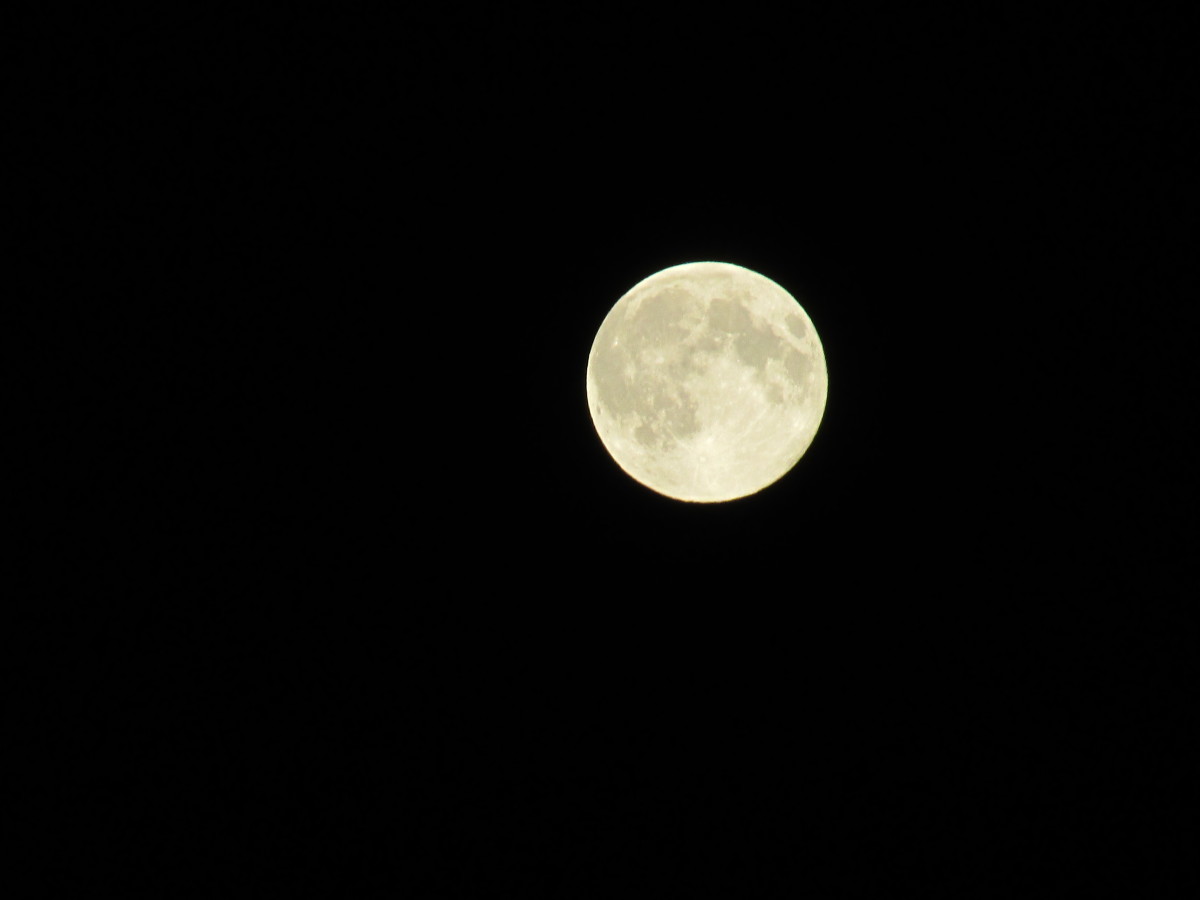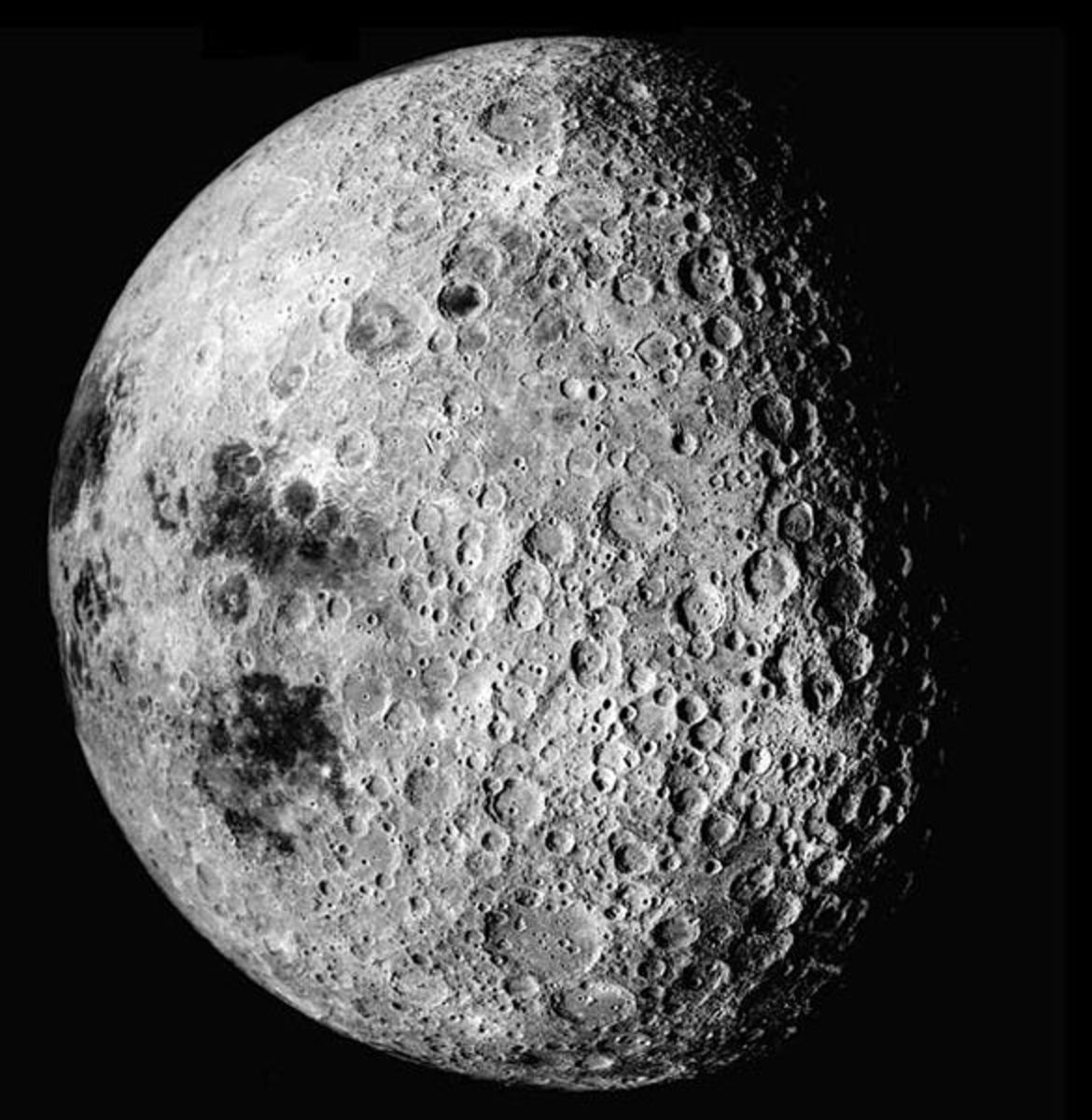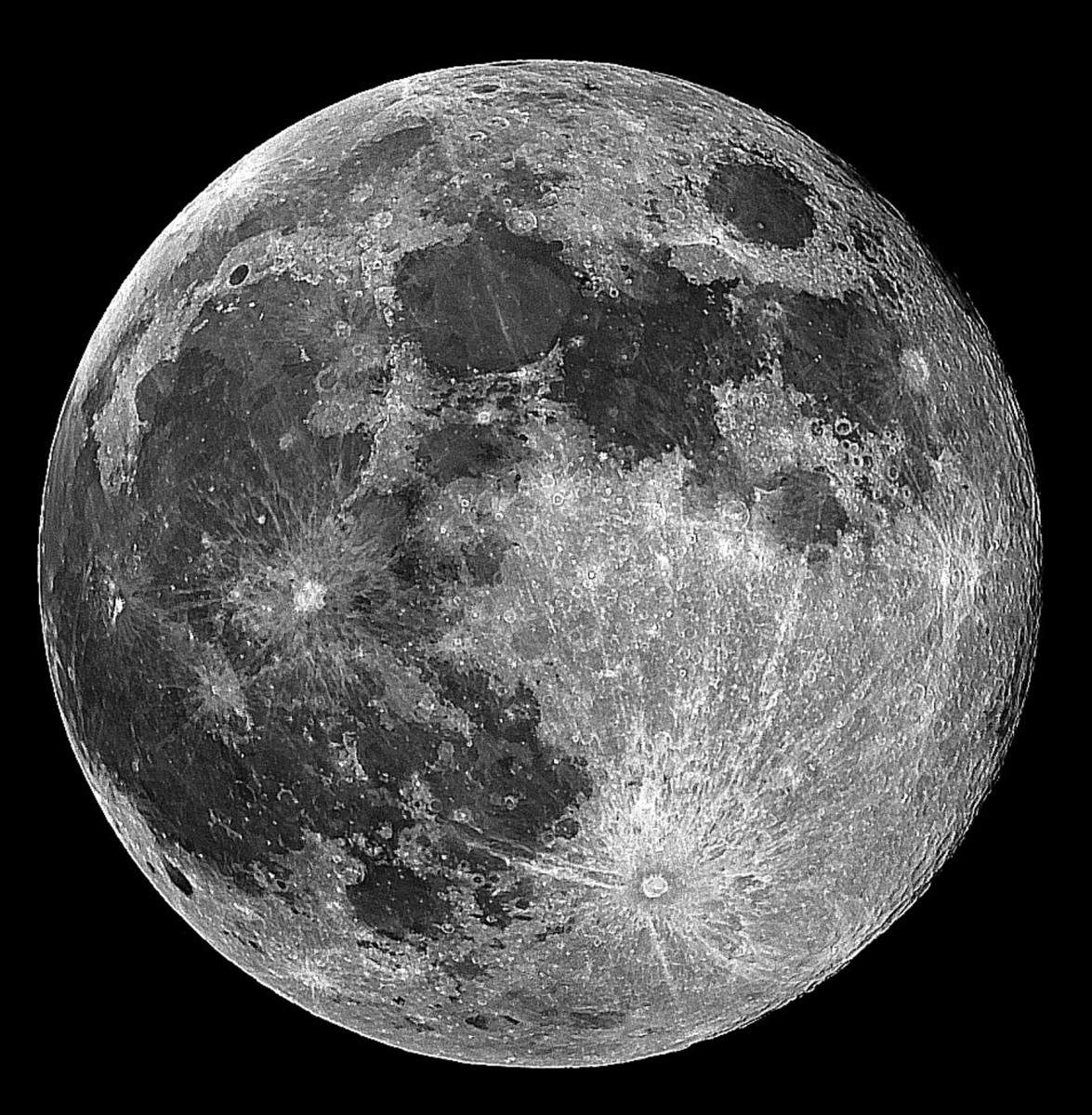Strange Happenings Due to the Moon's Influence
The moon has considerable influence on earth.
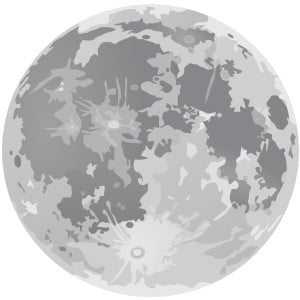
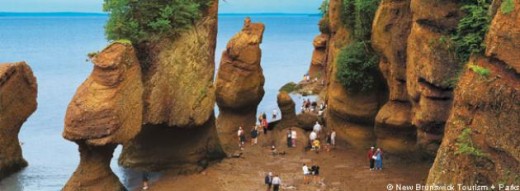

Lunar caused tides are resposible for many phenomenon.
The lunar cycles have a powerful influence upon all that is Earth bound including human beings. This is true especially for the new and the full moon that is detailed in scientific revelations, in popular myth and lore. Most of us have heard the line from the classic horror, black and white movie, “The Werewolf” featuring Lon Chaney Jr. “A man who is good by day and says his prayers by night will become a werewolf when the wolf bane blooms and the full moon shines bright.” Although this is not literally true, there is some basis in fact of the influence of the full moon upon earth, beast and man. Police and ambulance crews both are aware of an increase of activity during the full and new moon.
We begin our tour by looking at the tides and how this profoundly affects coastal life and even how we respond to the events generated by the effect of the moon. All sailors and ocean coastal folk know of the tides. Even today, ships will time their docking and launches by the tides. In Vancouver, a recent example serves during the 2010 Olympics when the Russian tall ship, Kruzenstern, had to wait for low tide before it could pass under the Lions Gate bridge without snagging its four great masts. In the days of sail, square riggers and sea-going exploration, ships always left port at high tide.
There are times when the tides run higher than usual and this coincides with two great lunar events; that is, the full moon and the new moon. Further, there is a nineteen year cycle known as the Metonic cycle that repeats for a specific lunation of a particular day and month. Many people have also heard of the spring tide, where there is a greater than usual lunar caused tidal surge. This occurs on or about January 4th of certain years when the Sun, Earth and Moon all line up. This also follows the nineteen year cycle. The Earth Moon system is closest to the Sun on that particular day of the year due to the perihelion point of the Earth’s orbit around the Sun. This means that the gravitational effect peaks between the three bodies on that day and if there is a full or new moon, then the spring tidal surge is at its greatest. Should the weather also be windy and foul, then the surge can run over dikes and cause inland flooding in the middle of the northern hemisphere increasing the misery of winter weary victims.
The new moon lined up on Jan 4th in the years of 1954, 1973, 1992 and it will line up in 2011 and 2030. Conversely, the full moons lined up in 1950, 1969, 1988, 2007 and will again line up in 2026. These years are ones of higher than usual spring tides and represent increased risk around coastlines. Tides around the world are not equal by any means. There are regions where they are amplified and other areas where they hardly exist at all. David Levy eloquently makes the point in his book, "Impact Jupiter," where he describes the resonant tidal phenomena of the Bay of Fundy in Nova Scotia where there are twice daily tidal variations of 50 feet or more. There exists proof of that tidal extrema in countless photographs from Nova Scotia. Along the coast of the Bay of Funday exists rock formations where tides have carved what looks like huge plant pots. On top are tress and vegetation and the sea below. During low tide, people often gather at the bottom and one can gain a sense of the twice day tidal variation.
It is also known from other researches
that there is a 25-hour circadian rhythm, which is strongly linked to
the moon's relation to the Earth. Since the Earth rotates in relation
to the orbiting moon, it takes the same spot on earth to catch up to
the moon, whether you mark it by the rising location or overhead.
Astrologers know that the Earth has a precessional cycle of 25,800
years, which is also driven by the moon acting on the Earth's tidal
bulge. In addition, the Earth Moon duo rotate about a common center
of the two called the barycenter, which is located deep within, but
not at the center of the Earth.
Nor are tides restricted to
the oceans and large lakes. A tidal rise and fall of some 23
centimeters on the Earth's crust has been measured at the equator. We
know this because we have the instruments to detect it today much
better than our predecessors could. This rise and fall has also been
measured at ten centimeters at 50 degrees north and south latitude,
demonstrating the variation in tidal flexing by latitude, even on the
more rigid crust. This can occur because the rigid crust floats on
the more plastic and liquid interior of the earth. It is this that is
stretched more readily by the moon, especially considering the fact
that the barycenter of the Earth-Moon system is located right within
a molten and liquid part of the Earth. This almost twice daily
flexing can trigger earthquakes, especially if other conditions are
present. The Moon may also contribute to the Earth's dynamo effect
and subsequently to the quality and structure of the
geomagnetosphere.
Kai-Wu Li of China in the Journal Acta Seismologica Sinica states;
“Studies by many scientists show that Hebei, China is an area with strong correlation between the tidal force and the occurrences of major earthquakes, the Xingtai earthquake of 1966, the Hejian earthquake of 1967 and the Tangshan earthquake of 1976 were triggered by the tidal force, in this paper the study on the common characteristics of their occurrence times confirms these facts. The computed times of maximum horizontal of the semi diurnal solid tide tidal force show that the occurrence times of the above mentioned earthquakes were close to the times of maximum horizontal tidal force of the semi diurnal solid tide at new moon or full moon. The Longyao earthquake of Magnitude 6.8, the Ningjin earthquake of Magnitude 7.2 and the Hejian earthquake of Magnitude 6.3 occurred tens of minutes after the maximum horizontal tidal force of the semi diurnal solid tides, and the Tangshan earthquake of Magnitude 7.8 occurred 16 minutes before the maximum horizontal tidal force. The tidal forces were directed to the west. This is their temporal characteristic. It is generally accepted that the 1969 Bohai earthquake of Magnitude 7.4 and the 1975 Haicheng earthquake were not triggered by the tidal force. These events did not show such characteristics. The temporal characteristics of the earthquakes indicate that the occurrences of these events were not random, but were controlled by the tidal force from the sun and the moon, and triggered by the tidal force. These facts agree with the triggering mechanism of the tidal force, are evidences of earthquakes triggered by tidal force.”
The earthquakes are consistent with another statistical researcher, M. Gauquelin who determined a greater than chance occurrence for the influence of the moon in crucial positions in the sky about 10 degrees past the zenith or 10 degrees above the rising point to the east. He found that the moon favorably influenced artists, actors, writers and poets. Whether or not the full or new moon had significance is not recorded in the data set. These can be determined from his data sets and plotted using a modern astronomical program.
The tidal effect can be seen at any
coastal location on Earth with few exceptions. In some areas, like
the Minas channel at the entrance to the Bay of Fundy in Nova Scotia,
the effect is quite pronounced. In other regions, the effect is
minimal, virtually non-existent like in the Fiji Islands. Both of
these have to do with tidal and lunar resonance, where one is
amplified and the other canceled. The Moon acts differentially and
complexly upon the Earth as the two move about the common barycenter
of the “two-planet” system. Regions just a couple of hundred
kilometers apart can see high and low tide time differ by several
hours due to complexities in topography. Nevertheless, the average
tide always follows the moon as the Earth rotates. In other words,
the moon will be overhead and pass to the west before the tide peaks.
Studies on landlocked tidal influence show that the same type of
tidal influence would hold if that region behaved like a coastal one.
This is born out in tidal variation in Lake Geneva,
Switzerland.
Many interested parties have studied the
circadian rhythm, and all have found that animals and people isolated
from all other influences drift to an approximate 25 hour rhythm that
is out of sync with the normal 24 hour daily solar cycle. Thus one's
high and low points of the month probably have the moon as the cause
where the 24 hour cycle meshes and goes out of synch with the
approximate 25 hour cycle. This appears to be the source of one of
the rhythms of biorhythms and would explain peoples 29 day cycle of
highs and lows. During the high period, they would feel dynamic,
walking on air and during the low, draggy and would feel drained,
more susceptible to illness. The moon is also known to create monthly
cycles of activity variation known by paramedics and police forces.
During new and full moons, activity by way of accidents and that of
concern to the police increases above the average. The military tends
to favor the new moon in making night attacks.
Some animals time their mating to the
highest running tide in order the protect the young as much as
possible from hungry sea creatures. Of note are the grunion fish and
the leatherback sea turtle. Both will land during the highest tide,
usually with the night high tide, lay and bury there eggs. They then
depart, leaving the sun to warm and hatch the eggs. During the next
high tide, the eggs hatch and the young either get washed out to sea
or make a run through a gauntlet or predators to the waters edge.
This happens on an annual basis for the leatherback sea turtle and
some predators have learned to exploit this event.
The
precessional cycle of 25,800 years is driven by the moon pulling on
the Earth's tidal bulge. The orbit of the moon is inclined to the
Earth's equatorial plane by some five degrees. It is also inclined to
the sun-earth ecliptic. The three acting in a complex cycle, cause
the Earth to wobble on its axis. The North Pole traces out a large
sweeping circle where various stars like Vega, Polaris and Alpha
Draconis each in turn become the pole star. Currently, the pole star
is Polaris which was exact around 2004 AD.
The barycenter of
the Earth-Moon system is located deep within the Earth, about 1,000
miles under the surface. The barycenter varies in depth due to the
high eccentricity of the moon's orbit. Since the Earth is a dynamic
and evolving body, the moon also influences the plastic condition of
the Earth, contributing to keep it hot and liquid. The moon may also
contribute to the movement of Earth's tectonic plates, but this is an
area that needs further research.
